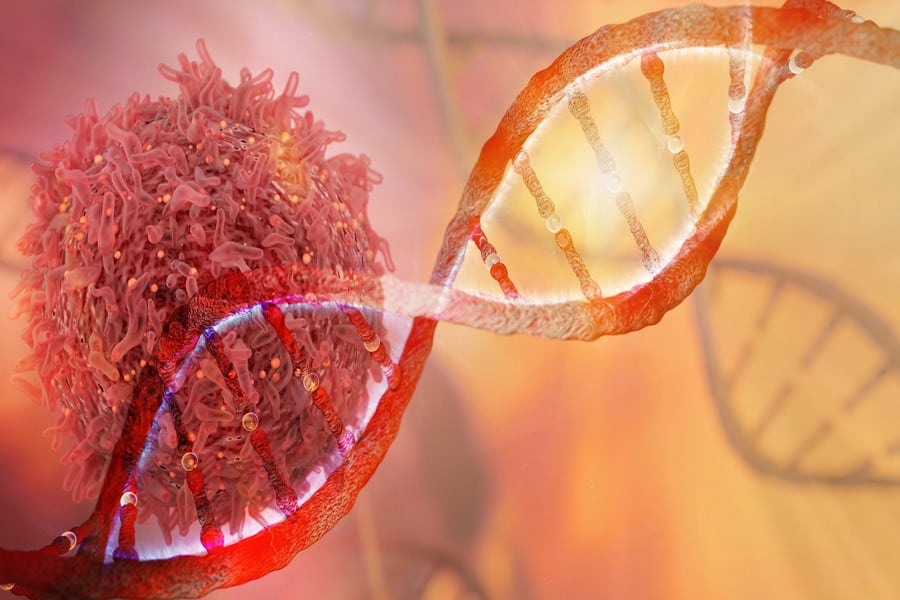As one of the most widely discussed and researched diseases globally, cancer has impacted countless lives. While considerable advancements have been made in diagnosing and treating it, a deeper understanding is paramount in continuing the fight against this multifaceted ailment.
Definition
At its core, cancer is described as the uncontrollable proliferation of abnormal cells within the body. These rogue cells have the potential to both invade adjacent tissues and metastasize, or spread, to distant organs via the bloodstream and lymphatic systems.
Overview
Historically, many viewed cancer as a monolithic disease. However, it’s more accurate to perceive it as an assortment of related diseases. Every type of cancer, though different in manifestation and location, arises due to mutations in the DNA of cells, culminating in uncontrolled growth.
The Multifaceted Causes of Cancer
There isn’t a singular cause for cancer. It arises from a combination of genetic, environmental, and lifestyle factors.
- Genetic Predisposition: Some individuals inherit mutations that make them more susceptible to cancer.
- Environmental Exposures: Carcinogens like tobacco smoke, radiation, and certain chemicals can induce DNA damage.
- Lifestyle Choices: Diet, lack of physical activity, and other lifestyle factors can heighten cancer risks.
- Viruses and Infections: Some infections can increase the risk of developing cancer, like HPV, Hepatitis B and C, and the Epstein-Barr virus
Symptoms: The Body’s Distress Signals
Cancer’s symptoms vary widely based on its type and stage. Common signs can include persistent fatigue, unexplained weight loss, pain, changes in the skin, and a change in bowel or bladder habits. Symptoms, depending on the specific type and progression of cancer, can greatly vary:
- General Fatigue: Persistent tiredness that doesn’t improve with rest.
- Skin Changes: Alterations might include yellowing, darkening, or unexpected redness. Moles that change in size, color, or texture can also be symptomatic.
- Persistent Pain: Chronic pain, be it a headache or bone pain, could be indicative.
- Fevers and Night Sweats: These could be a reaction to an immune response against cancer.
- Changes in Bowel or Bladder Function: Long-standing constipation or diarrhea and blood in urine can be indicative.
- Unusual Bleeding or Discharge: For example, blood in the stool might suggest colon cancer.
- Voice Alterations: Hoarseness might suggest laryngeal or lung cancer.
Causes and Genetic Mutations
The genesis of cancer lies in mutations within the DNA of a cell. While some mutations occur spontaneously, others arise due to external influencers:
- Chemicals and Toxic Compounds: Asbestos, benzene, and certain components in tobacco smoke can increase mutation risk.
- Radiation: Ultraviolet rays and radioactive fallout can instigate mutations.
- Viruses: HPV, hepatitis B and C, and Epstein-Barr virus can lead to specific mutations.
- Immunosuppressive Medicines: Post organ-transplant medications can elevate risk.
Risk Factors
Though everyone is at some risk of cancer, certain factors amplify its likelihood:
- Hereditary Predisposition: BRCA1 and BRCA2 genes are examples tied to breast and ovarian cancer.
- Lifestyle Choices: Smoking, heavy alcohol consumption, sun exposure, and a diet high in processed meats.
- Environmental Exposures: Prolonged exposure to carcinogens at workplaces or pollution can amplify risk.
- Age: Though cancer can strike at any age, the elderly are at heightened risk due to DNA changes over time.
- Certain Health Conditions: Chronic inflammation or precancerous lesions can raise risk.
Reducing the Risk
Although there’s no certain way to prevent cancer, risk reduction is possible:
- Avoid tobacco.
- Protect yourself from the sun.
- Maintain a healthy weight.
- Eat a healthy diet.
- Limit alcohol.
- Stay physically active.
- Get vaccinated against certain infectious diseases.
Prevention
Mitigating the risk factors where possible can significantly aid prevention:
- Regular Health Screenings: Pap smears, mammograms, and colonoscopies can detect precursors to cancer.
- Vaccinations: Hepatitis B and HPV vaccines can prevent certain cancers.
- Avoid Risky Behaviors: Such as limiting unprotected exposure to the sun or not sharing needles.
- Healthy Diet: Prioritize fruits, vegetables, and foods from plant sources. Limiting processed meats is also recommended.
When to Consult a Healthcare Professional
- Early Detection: Catching cancer early often means a better prognosis. Hence, understanding the symptoms and getting screened regularly is pivotal.
- Family History: Genetic counseling might be beneficial if there’s a strong family history.
- Post Exposure: If exposed to carcinogens, monitoring for symptoms is crucial.
Current Treatments and the Promise of Research
While surgery, radiation, and chemotherapy remain standard treatments, groundbreaking research has paved the way for targeted therapies, immunotherapy, hormone therapies, and stem cell transplants.
The Evolution of Cancer Research and Treatment
Modern oncology has evolved significantly over the past few decades. Chemotherapy, radiation therapy, immunotherapy, targeted therapies, and surgical interventions have transformed the cancer treatment landscape. In addition, many supportive therapies help manage symptoms and side effects. Ground-breaking research continues in gene therapy, stem cell research, and precision medicine, furthering our hope for a cancer-free future.
In conclusion, Cancer’s intricate nature requires comprehensive knowledge and vigilance. From understanding risk factors to recognizing early symptoms, every piece of information is a tool in the arsenal against this disease. With the amalgamation of scientific advancements and public awareness, strides are made daily towards a world with more cancer survivors than sufferers.









